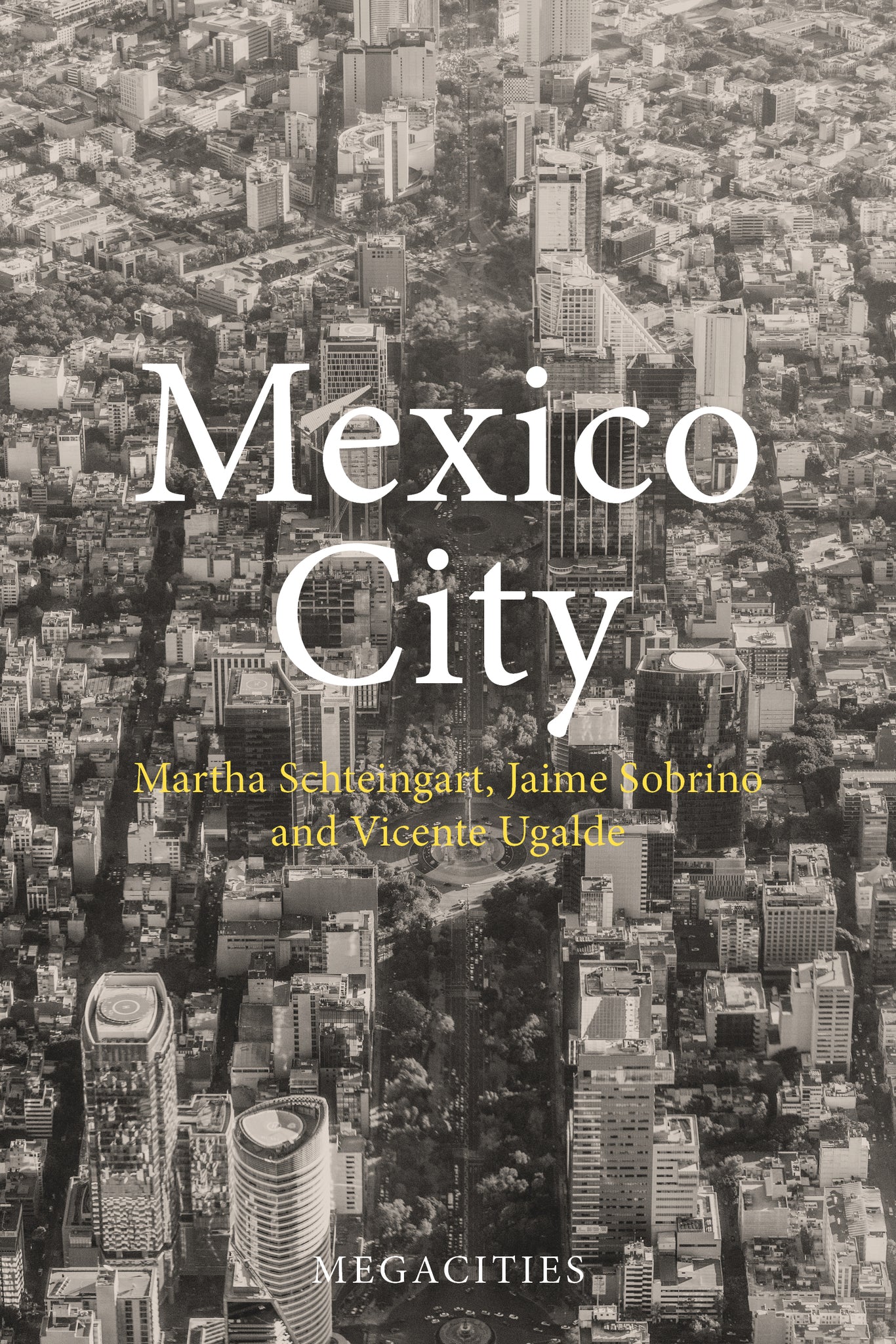We're sorry. An error has occurred
Please cancel or retry.
Mexico City

Some error occured while loading the Quick View. Please close the Quick View and try reloading the page.
Couldn't load pickup availability
- Format:
-
09 February 2023

Mexico City is the second largest city on the American continent, the most populous Spanish-speaking city in the world and the richest city, in terms of GFP, in Latin America. The authors explore the political structures, demography, economy, social issues and public administration that make this megacity distinctive.
Unique and vibrant, Mexico City has been run since the 1990s by left-wing parties with more progressive social and egalitarian concerns about urban problems, and new proposals for different types of state participation. Political changes at the city level has led to changes and fresh approaches in some aspects of social life, including the creation of important local, grass-roots institutions. The book offers quantitative and qualitative assessments of the spatial structure of the city and its distribution of poverty and poor economic outcomes, alongide transportation provision, housing. Deindustrialization and the growth of the service sector alongside an expanding informal economy are also shown to be important dynamics in the economic restructuring of the city.

POLITICAL SCIENCE / World / Caribbean & Latin American, Urban and municipal planning and policy, BUSINESS & ECONOMICS / Development / Sustainable Development, HISTORY / Latin America / Mexico, POLITICAL SCIENCE / Public Policy / City Planning & Urban Development, Sustainability

Introduction: Mexico City as a Latin American megacity
1. Describing demographic change
2. Economic restructuring under globalisation
3. Links between housing, mobility, and transport
4. Territorial inequalities and segregation
5. Political change and the provision of public services
6. Environmental issues and natural risks
7. The city in search of an institutional solution
Conclusion: challenges and life opportunities in a megacity



